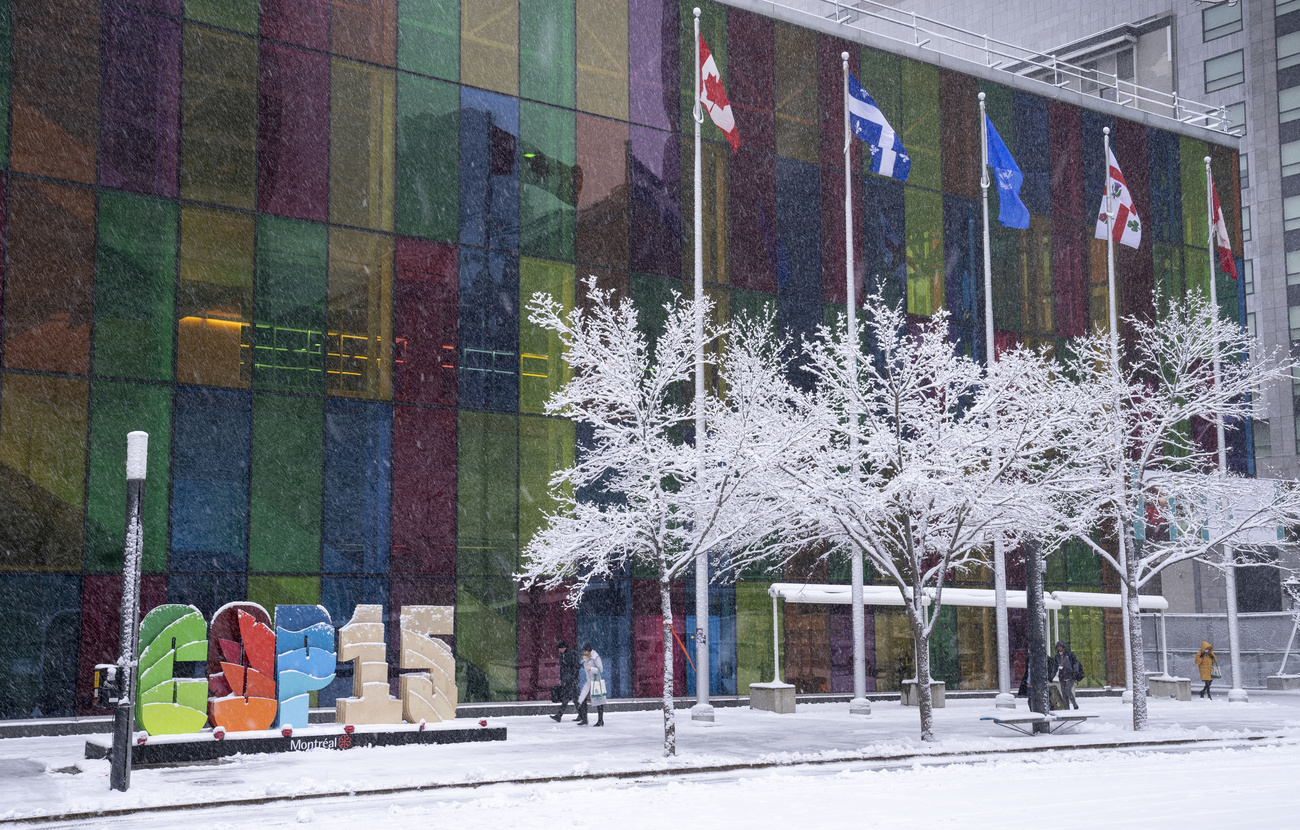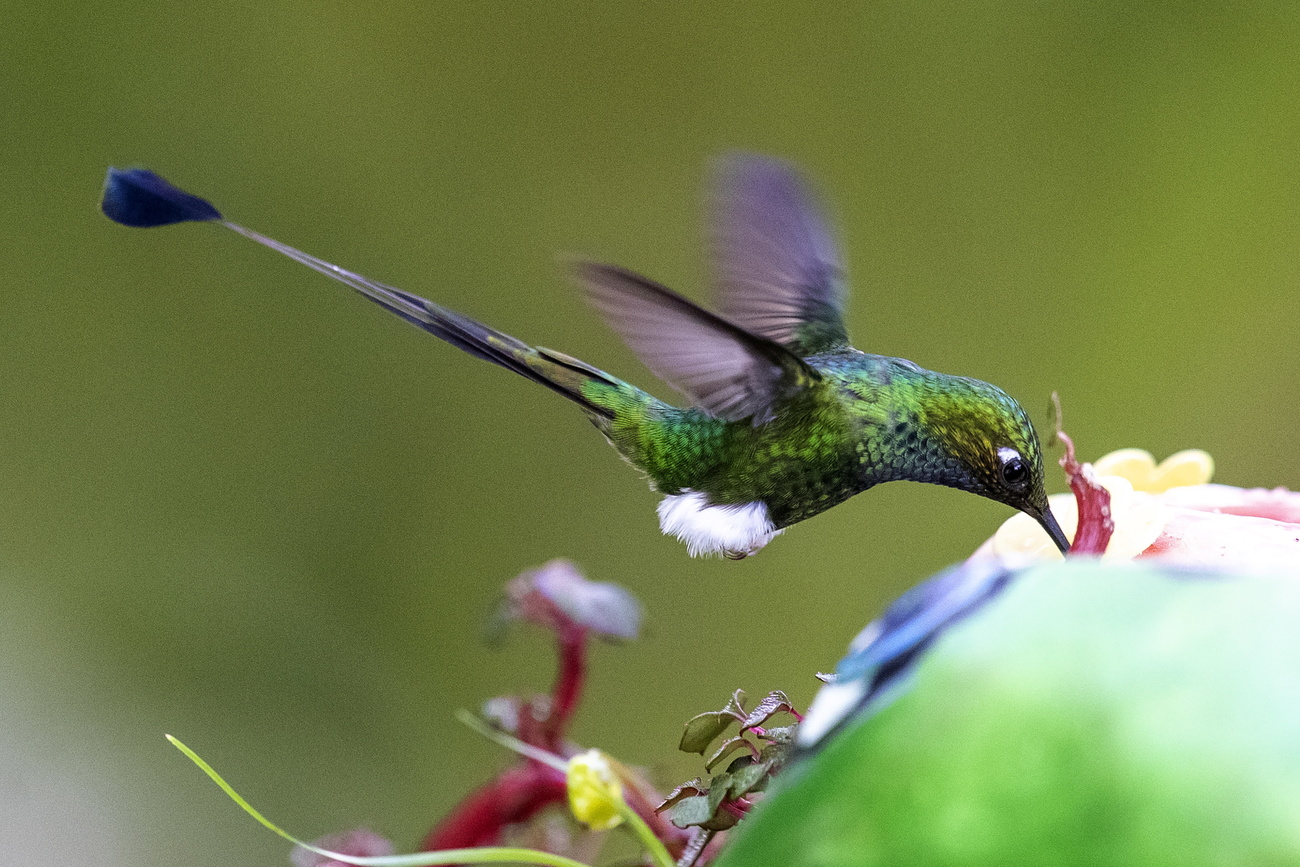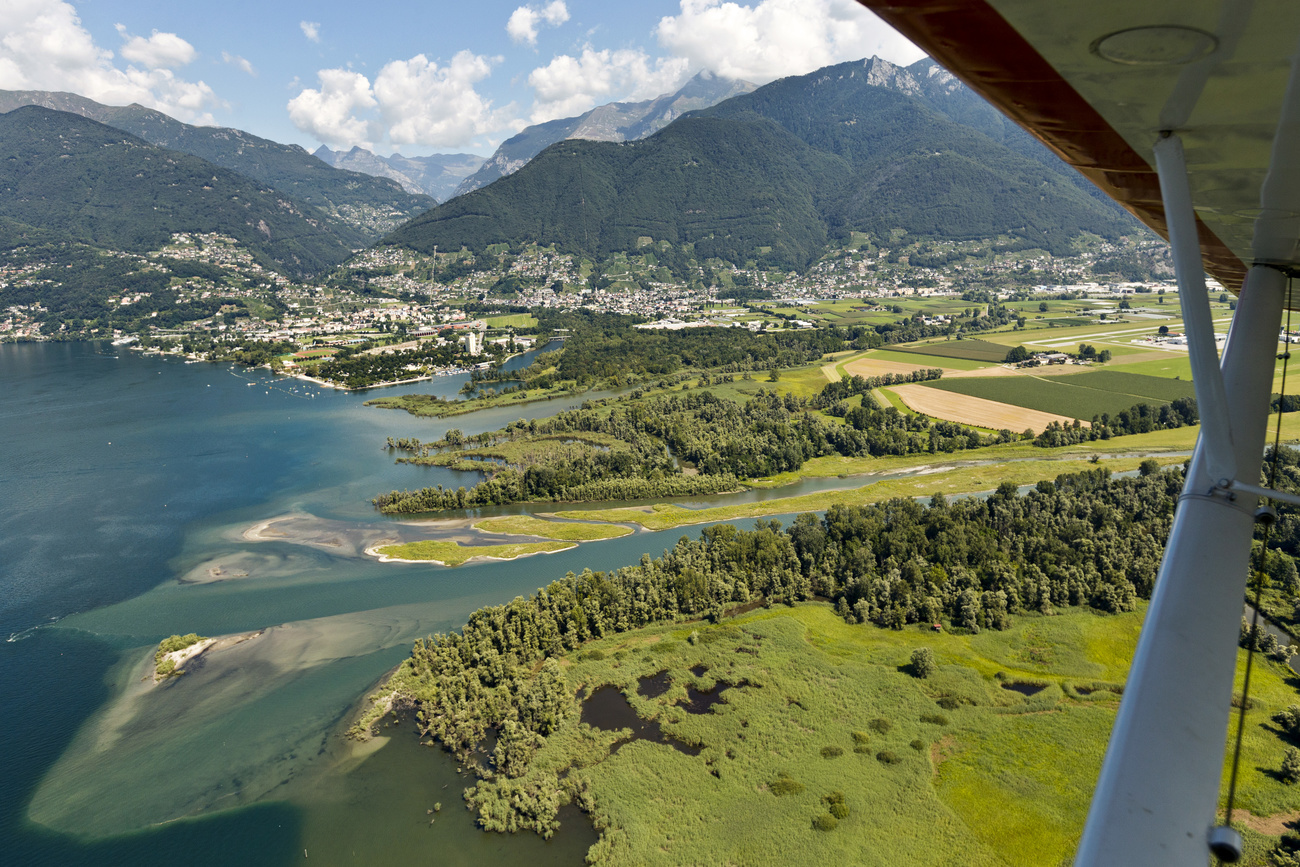
Will the new biodiversity framework help us live in harmony with nature?
A global agreement to protect 30% of the Earth’s surface from biodiversity loss is an important step forward that can only be reached by meeting local challenges through cooperation, argues Zurich-based biodiversity researcher Cornelia Krug.
In the early hours of Monday morning, parties to the Convention on Biological Diversity adopted the long-awaited Kunming-Montreal Global Biodiversity Framework. The ambitious framework calls for “urgent action to halt and reverse biodiversity loss to put nature on a path to recovery…”. It intends to transform the relationship humans and society at large will have with nature over the next decade and, by 2050, achieve the shared vision of living in harmony with nature.
The road to the 2050 vision will most likely be a rocky, winding path, as achieving the 2030 targets will require a herculean effort in implementation on a national level. The previous goals to halt biodiversity loss (the 2020 Aichi TargetsExternal link) were mostly missed, as was the 2010 Biodiversity GoalExternal link, set in 2002. Can we bend the curve of biodiversity loss this time, as set out in the main goal of the Montreal framework?

More
COP15: Swiss welcome ‘important step for biodiversity’
Globally, biodiversity is declining at unprecedented ratesExternal link comparable to previous mass extinction events. Deliberate human action is causing irreversible and irreplaceable change in the Earth System, threatening human well-being in the process. In Switzerland, more than 40% of species are threatened, and several species are already locally extinct. More than half of the country’s natural habitats are threatened, with very few remaining special habitats such as peatlands and dry meadows.
30% is not enough
One of the Montreal COP’s main targets is protecting 30% of land, inland water, coastal and marine areas by 2030. It is frequently compared to the goal of limiting global warming to 1.5 degrees Celsius, set by the United Nations Framework Convention on Climate Change. But unlike the 1.5-degree target, the 30% biodiversity target can still be reached. A further “30×30” target aims for restoring 30% of degraded ecosystems by 2030.

More
COP 15, a summit to halt the mass extinction of species
Protecting 30% of the Earth sees developing countries, where most of the natural areas still exist, contributing disproportionately more to this target. In Switzerland, only 13% of land area is currently under protection – with a proposed increase to 17% by 2030. This is still a far cry from the 30% necessary to sufficiently protect biodiversity in Switzerland and to meet the targets of the High Ambition Coalition for Nature and PeopleExternal link, of which Switzerland is a member. Protecting 30% of Earth is not enough to ensure protection of biodiversity because the protected areas need to be well connected to allow movement of species and populations, also in the face of climate change.
Tackling drivers of biodiversity loss
Protection of biodiversity not only happens on the 30% of Earth’s surface set out by the framework agreement. What happens with the remaining 70% is equally important. The main drivers of biodiversity loss in Switzerland are habitat conversion and fragmentation due to agriculture and urbanisation. Natural habitats, especially lake and rivers, are degrading due to the input of pesticides, fertilisers, industrial wastewater, and other pollutants. Several Montreal targets are designed to reduce the impact of drivers such as pollution or invasive species, and to encourage biodiversity-friendly development and agricultural practices. This could involve creating blue-green spaces in urban areas, or corridors of natural habitats in agricultural areas.
The success of these targets very much depends on implementation and national priorities. Food and energy security are often cited as reasons why a conversion to more biodiversity-friendly practices is not made, or why subsidies harmful to biodiversity are not removed.

More
Key Swiss sanctuary reveals challenges, opportunities in biodiversity protection
Although Switzerland’s overall environmental footprint has decreased, its biodiversity footprint has been steadily increasing over the last two decades, mainly outside of the country’s borders. Production and consumption choices made in Switzerland impact biodiversity elsewhere – for example in Indonesia and Brazil, where palm oil plantations and soy fields displace rain forests. Much more needs to be done to explore the impacts of supply chain management on biodiversity, and to internalise the costs and damage to biodiversity.
Rethinking conservation
Just prioritising the 30×30 target will not achieve the ambitious goal of reversing biodiversity loss by 2030. It requires reducing drivers, a wide variety of conservation and protection measures that include sustainable use of resources and granting indigenous and local communities rights to the land they inhabit. Living in harmony with nature means rethinking and rebuilding the relationship we humans have with nature. We need to recognise that we are part of nature and are dependent on Mother Earth. Today’s predominant financial and economic architecture is at the heart of our problems, and a much more holistic solution is needed.
The Kunming-Montreal Global Biodiversity Framework is a starting point that needs to be worked on and improved over the coming decades. The Framework takes a “whole-of- society” approach to implementation, making the private and financial sectors, stakeholders from all other sectors as well as civil society part of the solution. Its implementation also requires cooperation across national borders.
The keys to success are building capacity, sharing benefits and supplying adequate financial resources to developing countries in order to balance costs for protection and damage done to nature. And, we must recognise the rights of indigenous peoples and local communities and the role they play in the implementation of these measures.

More
What animals and plants do you no longer see where you live? What can be done?

In compliance with the JTI standards
More: SWI swissinfo.ch certified by the Journalism Trust Initiative
















![The four-metre-long painting "Sonntag der Bergbauern" [Sunday of the Mountain Farmers, 1923-24/26] had to be removed by a crane from the German Chancellery in Berlin for the exhibition in Bern.](https://www.swissinfo.ch/content/wp-content/uploads/sites/13/2025/12/01_Pressebild_KirchnerxKirchner.jpg?ver=a45b19f3)












You can find an overview of ongoing debates with our journalists here . Please join us!
If you want to start a conversation about a topic raised in this article or want to report factual errors, email us at english@swissinfo.ch.